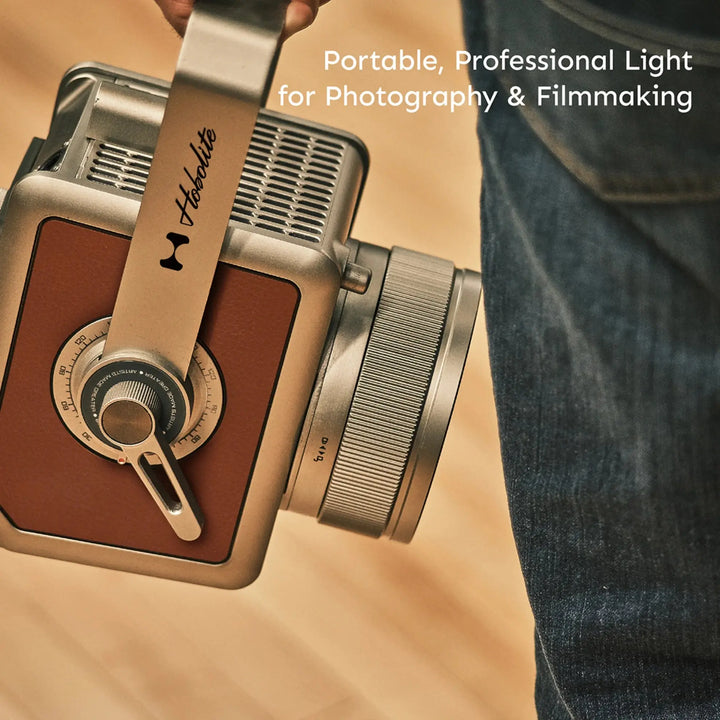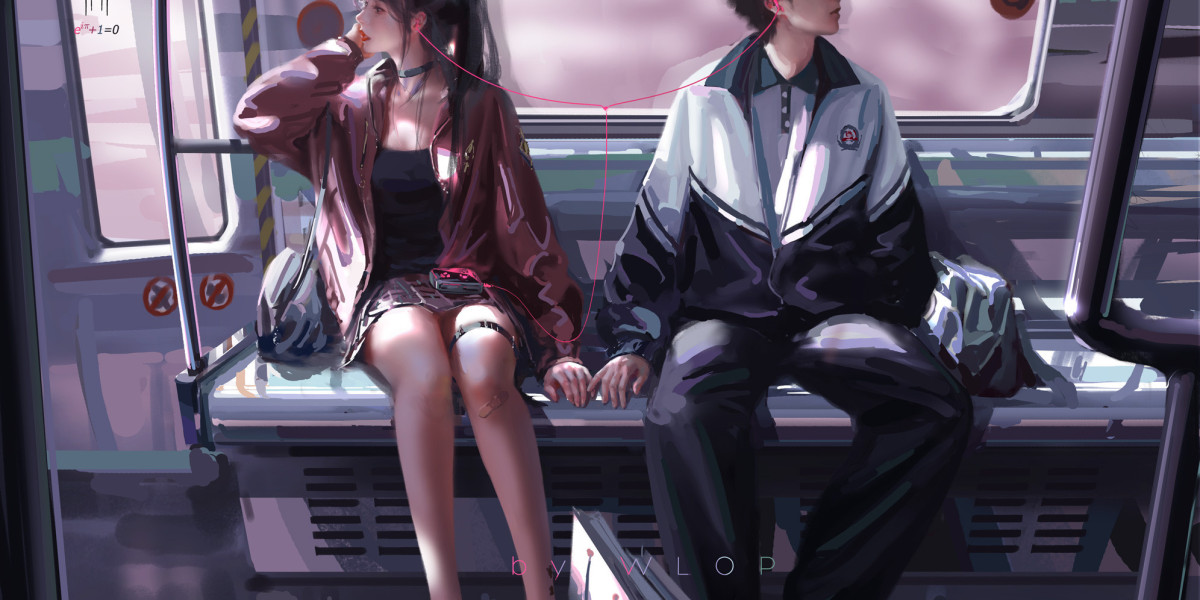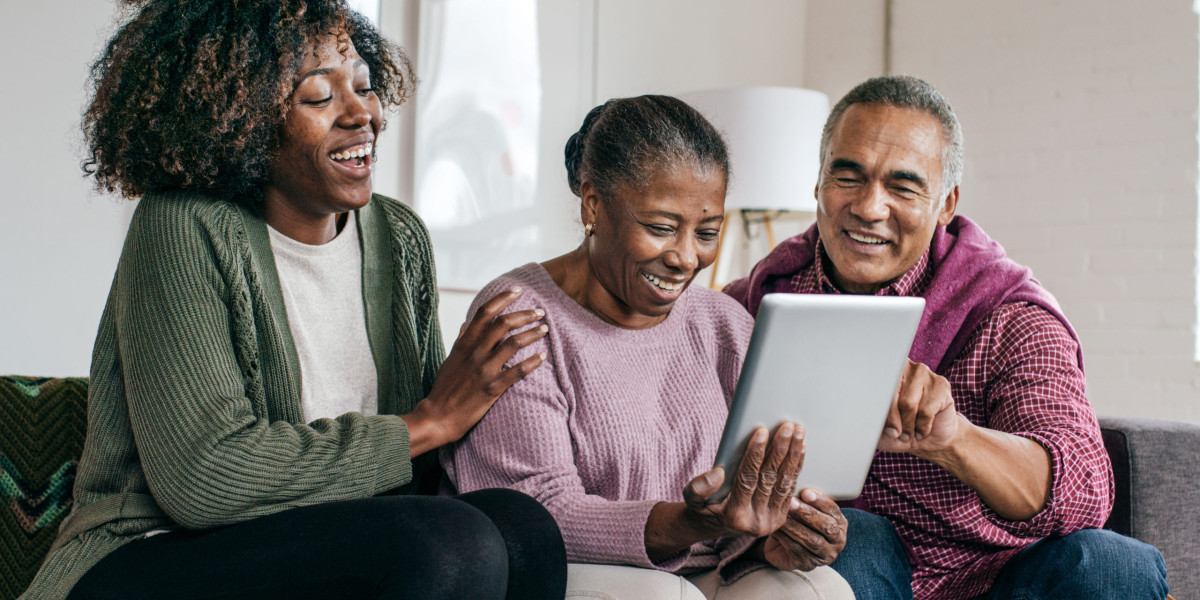Transform Your Photography Game with the Ultimate Studio Lighting Secrets!
Lighting is one of the most crucial elements in photography, often making the difference between an amateur snapshot and a professional-looking image. Without adequate lighting, even the most beautiful subjects can appear dull and lifeless. As an aspiring photographer, I have faced the challenges of working in poorly lit environments, where shadows and harsh glares ruin the potential of a shot. This is where a studio lighting kit comes into play. These kits are designed to illuminate your subjects beautifully, enabling you to capture stunning images regardless of the surrounding light conditions. In this article, we will delve into the secrets of studio lighting, revealing how these kits can elevate your photography to new heights.

Understanding Studio Lighting Kits
A studio lighting kit is a comprehensive collection of lighting equipment designed to facilitate professional photography. Typically, these kits include essential components such as softboxes, light stands, and reflectors. Softboxes diffuse the light to create a softer, more flattering illumination, while light stands provide stability and height adjustment for your lights. Reflectors help bounce light back onto your subject, filling in shadows and adding depth to your images. The versatility of these kits makes them suitable for various photography styles, including portrait, product, and even food photography. With the right studio lighting kit, you can achieve consistent and high-quality results that will impress both clients and audiences.
Choosing the Right Studio Lighting Kit
When it comes to purchasing a studio lighting kit, several factors should guide your decision. First, consider the space you have available; a larger area may require more powerful lights, while a smaller space can benefit from compact setups. Next, think about the type of photography you wish to pursue. For instance, portrait photographers might prioritize soft lighting, while product photographers may need more focused, directional light. Budget is another critical aspect; there are kits available across various price ranges, so it's essential to assess your needs and find a balance between quality and cost. Remember, investing in a good lighting kit can significantly enhance your photography experience and the quality of your work.
Essential Lighting Techniques for Stunning Photography
With a studio lighting kit at your disposal, mastering key lighting techniques can propel your photography to the next level. One of the most effective methods is the three-point lighting setup, which involves using three lights: a key light, a fill light, and a backlight. The key light is the primary source, while the fill light softens shadows, and the backlight adds dimension by separating the subject from the background. Backlighting can create dramatic effects, especially in portrait photography. Additionally, using light modifiers such as umbrellas or grids can help control the light's intensity and spread. Experimenting with different light positions and angles will enable you to discover the unique qualities that each setup can bring to your images.
Common Mistakes and How to Avoid Them
Even seasoned photographers can fall prey to common lighting pitfalls when using a studio lighting kit. One frequent mistake is improper light placement; positioning lights too close or at the wrong angle can lead to harsh shadows or overly bright spots. Inadequate diffusion is another issue, as it can result in unflattering lighting that highlights imperfections. To avoid these problems, take the time to test different setups and pay attention to how light interacts with your subject. Adjusting the distance between your lights and subject, as well as utilizing diffusion materials like softboxes or curtains, can create a more even and flattering light. Learning from these mistakes can significantly improve the final results of your photography.
Maintaining Your Studio Lighting Kit
Caring for your studio lighting kit is essential to ensure its longevity and optimal performance. Regular cleaning is a must; dust and dirt can affect light output and quality. Use a soft cloth to wipe down light stands and reflectors, and ensure that bulbs are free from fingerprints. Proper storage is also vital; avoid leaving your equipment exposed to extreme temperatures or humidity. Consider investing in protective cases for your lights and accessories to prevent damage during transport. Lastly, perform regular checks for functionality, as even a minor issue can impact your photography sessions. By maintaining your kit diligently, you can ensure that it consistently performs at its best.
Maximizing Your Studio Lighting Potential
In summary, a good studio lighting kit can be a game-changer for photographers looking to enhance their craft. By understanding the components of these kits and how to use them effectively, you can unlock the potential for stunning images. Remember to choose the right kit for your needs, practice essential lighting techniques, and be mindful of common mistakes to maximize your results. The world of photography is all about experimentation, so don’t be afraid to try different lighting setups and techniques. With patience and practice, you will witness a remarkable transformation in your photography skills.












